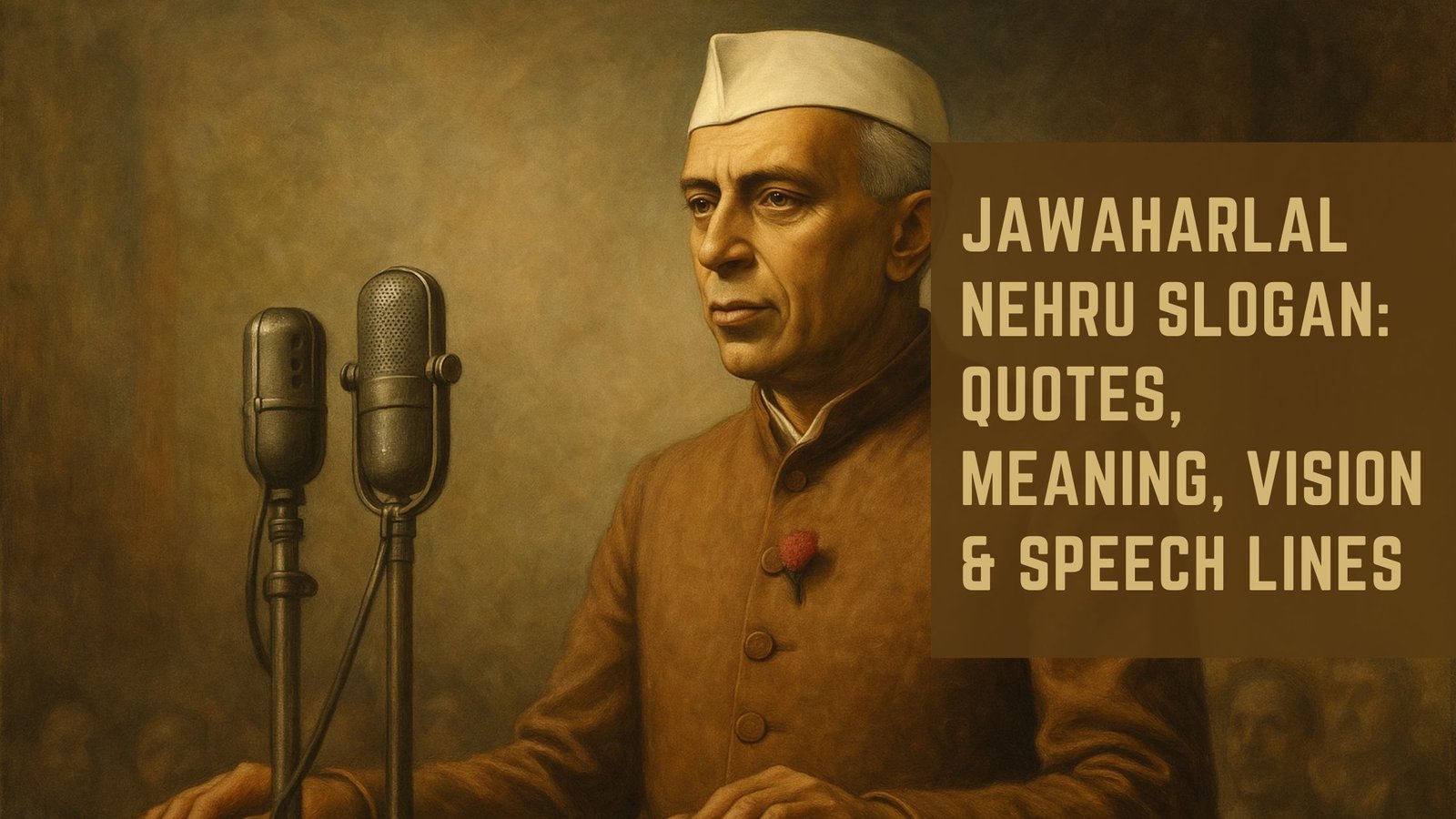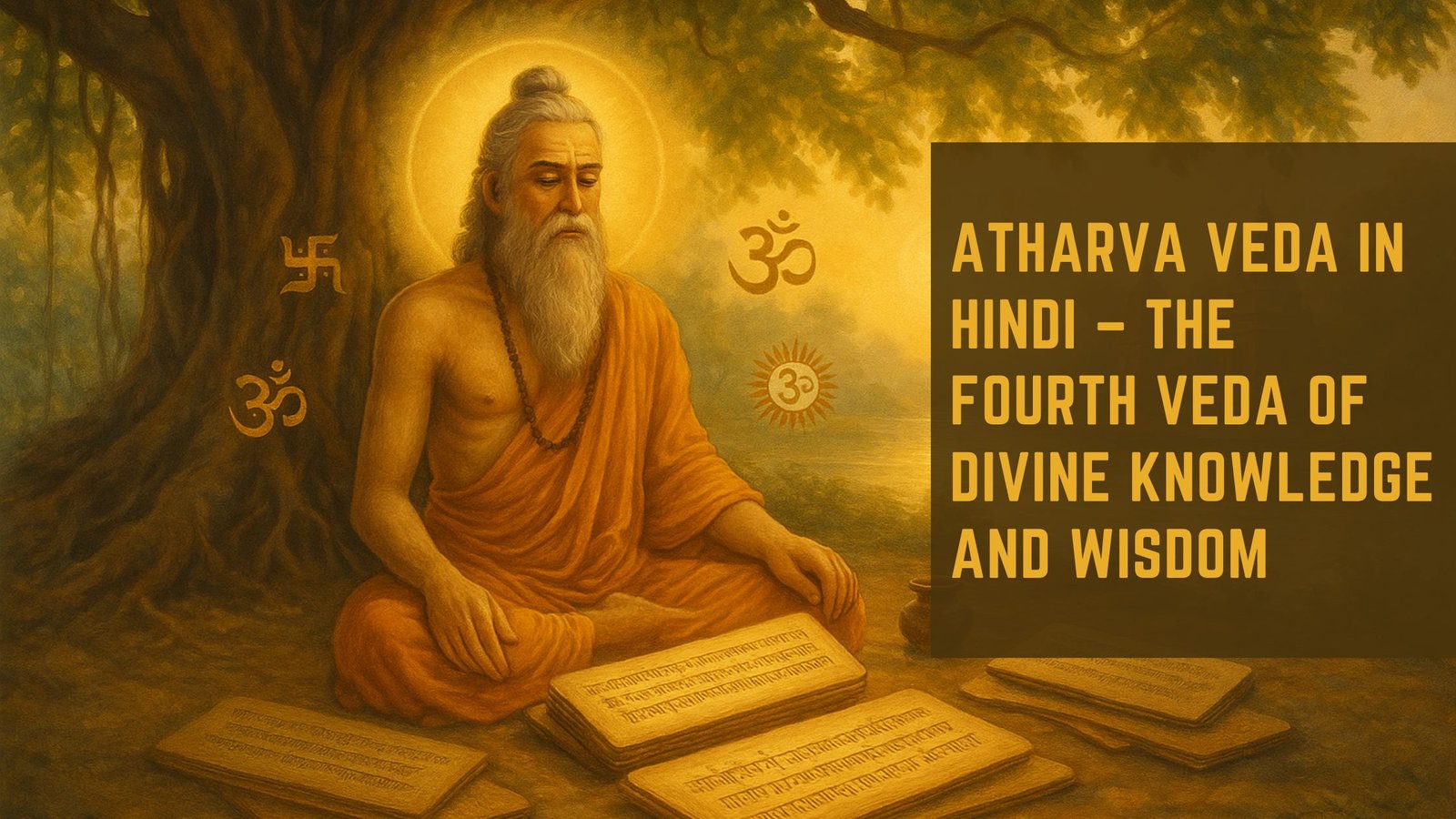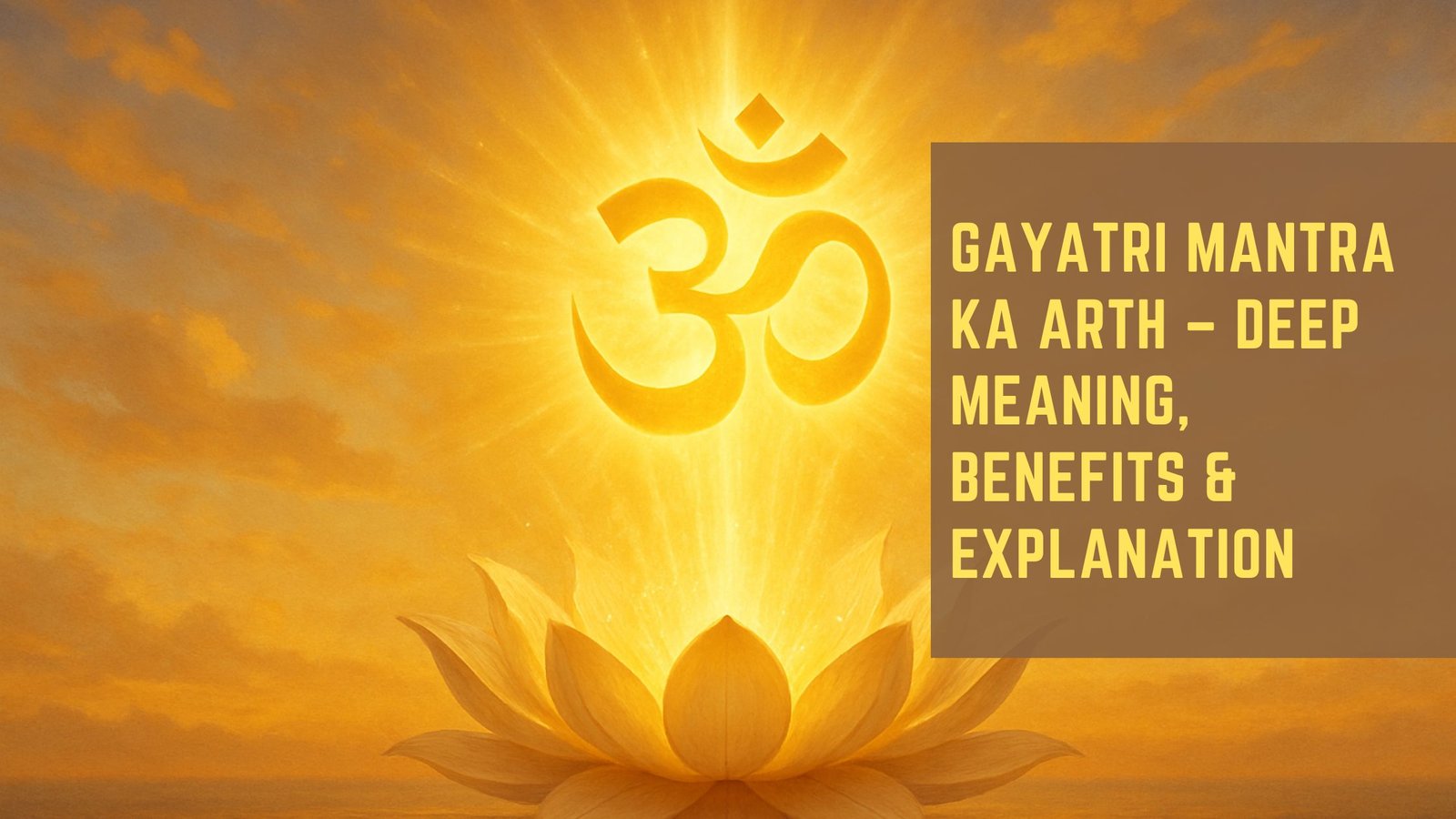The Bhagavad Gita, often referred to simply as the Gita, is a 700-verse Hindu scripture that is part of the Indian epic Mahabharata. It is a philosophical dialogue between Prince Arjuna and Lord Krishna, who serves as his charioteer. This sacred text is set on the battlefield of Kurukshetra, just before a great war is about to commence.
Arjuna, faced with the moral dilemma of fighting against his own relatives and teachers, is filled with doubt and confusion. In this moment of crisis, Krishna imparts profound wisdom that addresses not only Arjuna’s immediate concerns but also the fundamental questions of life, duty, and spirituality. The Gita synthesizes various paths to spiritual realization, including devotion (bhakti), knowledge (jnana), and disciplined action (karma).
Its teachings transcend time and culture, offering insights that resonate with individuals across different backgrounds. The text has been interpreted in numerous ways over the centuries, influencing countless thinkers, leaders, and spiritual seekers. The Gita’s exploration of the human condition, ethical dilemmas, and the nature of reality continues to inspire and guide people in their quest for meaning and purpose.
Key Takeaways
- The Bhagavad Gita is a 700-verse Hindu scripture that is part of the Indian epic Mahabharata, and it is a conversation between Prince Arjuna and the god Krishna.
- The Bhagavad Gita’s teachings on duty, righteousness, and finding inner peace are highly relevant in modern life, offering guidance on how to navigate the complexities of the world.
- Key teachings and concepts in the Bhagavad Gita include the importance of selfless action, the nature of the self, the concept of dharma (duty), and the path to spiritual liberation.
- Applying the wisdom of the Bhagavad Gita in everyday life involves practicing selflessness, embracing one’s duty, and finding balance through meditation and mindfulness.
- The Bhagavad Gita emphasizes the importance of fulfilling one’s duty without attachment to the results, and it teaches that righteousness and selfless service are essential for leading a fulfilling life.
The relevance of the Bhagavad Gita in modern life
In today’s fast-paced world, where individuals often grapple with stress, anxiety, and moral ambiguity, the teachings of the Bhagavad Gita remain remarkably relevant.
As people navigate personal and professional challenges, the Gita offers timeless wisdom that encourages self-reflection and ethical decision-making.
Its emphasis on inner strength and resilience can empower individuals to confront their fears and uncertainties with courage. Moreover, the Gita’s teachings on detachment and equanimity resonate deeply in an age characterized by materialism and competition. In a society that often equates success with external achievements, the Gita reminds us of the importance of inner fulfillment and spiritual growth.
By advocating for a balanced approach to life—where one can engage fully in their duties while remaining unattached to the outcomes—the Gita provides a pathway to navigate modern life’s pressures without losing sight of one’s core values.
Key teachings and concepts in the Bhagavad Gita

The Bhagavad Gita encompasses a rich tapestry of philosophical concepts that are essential for understanding its teachings. One of the central themes is the idea of Dharma, or duty. Dharma refers to the moral and ethical obligations that individuals have based on their roles in society.
The Gita emphasizes that fulfilling one’s duty is paramount, even in the face of personal sacrifice or hardship. This concept encourages individuals to act in accordance with their responsibilities while maintaining integrity and righteousness. Another significant teaching is the notion of Karma Yoga, or the path of selfless action.
Krishna instructs Arjuna to perform his duties without attachment to the results. This principle advocates for a mindset where actions are performed for their own sake rather than for personal gain or recognition. By embracing this approach, individuals can cultivate a sense of purpose and fulfillment that transcends external validation.
The Gita also delves into the nature of the self (Atman) and its relationship with the Supreme Being (Brahman), highlighting the importance of self-realization in achieving spiritual liberation.
Applying the wisdom of the Bhagavad Gita in everyday life
Integrating the wisdom of the Bhagavad Gita into daily life can lead to profound transformations in how one approaches challenges and relationships. For instance, practicing mindfulness—a concept echoed in the Gita—can help individuals remain present and focused on their tasks without being overwhelmed by distractions or anxieties about future outcomes. By cultivating awareness of one’s thoughts and actions, individuals can make more conscious choices that align with their values and responsibilities.
Additionally, embracing the Gita’s teachings on selfless service can enhance interpersonal relationships and foster a sense of community. Engaging in acts of kindness without expecting anything in return not only benefits others but also enriches one’s own life experience. This practice can be as simple as volunteering time for local charities or offering support to friends and family in need.
By embodying these principles, individuals can create a ripple effect that inspires others to act with compassion and integrity.
The Bhagavad Gita’s perspective on duty and righteousness
The concept of duty (Dharma) is intricately woven into the fabric of the Bhagavad Gita’s teachings. Krishna emphasizes that each individual has a unique role to play in society, which comes with specific responsibilities. For Arjuna, as a warrior, his duty is to fight for justice and uphold righteousness (Dharma Yuddha).
However, this duty is not merely about following orders; it involves a deep understanding of what is right and just in a given situation. The Gita encourages individuals to reflect on their own circumstances and discern their responsibilities based on ethical considerations rather than societal expectations alone. Righteousness in the context of the Gita also involves an awareness of the greater good.
Krishna teaches that true righteousness transcends personal desires and aligns with universal principles of justice and harmony. This perspective invites individuals to consider how their actions impact others and contribute to societal well-being. By prioritizing righteousness over personal gain, one can cultivate a sense of integrity that fosters trust and respect within communities.
Finding inner peace and balance through the Bhagavad Gita

The Power of Meditation
One key aspect is the practice of meditation (dhyana), which Krishna advocates as a means to quiet the mind and connect with one’s true self. Through meditation, individuals can cultivate a sense of detachment from external circumstances, allowing them to respond to life’s challenges with composure rather than reactivity.
Balance in All Aspects of Life
Additionally, the Gita emphasizes the importance of balance in all aspects of life—between work and rest, action and contemplation, desire and renunciation. This holistic approach encourages individuals to find harmony within themselves while navigating external pressures.
Achieving Resilience and Adaptability
By recognizing that life is a dynamic interplay of opposites, one can develop resilience and adaptability, ultimately leading to a more peaceful existence.
The Bhagavad Gita’s guidance on overcoming challenges and adversity
Life is replete with challenges, and the Bhagavad Gita provides invaluable insights into overcoming adversity with grace and strength. One of its core teachings is that obstacles are an inherent part of existence; thus, rather than avoiding difficulties, individuals should embrace them as opportunities for growth. Krishna encourages Arjuna to confront his fears head-on rather than succumbing to despair or indecision.
This proactive approach fosters resilience and empowers individuals to navigate life’s uncertainties with confidence. Furthermore, the Gita teaches that maintaining a sense of purpose during challenging times is crucial for overcoming adversity. By focusing on one’s duties and responsibilities—regardless of external circumstances—individuals can cultivate determination and perseverance.
The text also highlights the importance of seeking guidance from within; by connecting with one’s inner wisdom through reflection and contemplation, individuals can find clarity amidst chaos.
Embracing the Bhagavad Gita’s message of selflessness and service
At its core, the Bhagavad Gita advocates for selflessness as a pathway to spiritual fulfillment. The concept of Karma Yoga emphasizes performing actions without attachment to personal gain or recognition. This principle encourages individuals to engage in service to others as an expression of love and compassion rather than as a means to an end.
By prioritizing collective well-being over individual desires, one can experience a profound sense of connection with humanity. The message of selflessness extends beyond mere acts of charity; it encompasses an attitude of empathy and understanding towards others’ struggles. The Gita teaches that true fulfillment arises from contributing positively to society and uplifting those around us.
This perspective fosters a sense of community and interconnectedness that transcends cultural or social boundaries. By embodying these values in everyday interactions, individuals can create a more compassionate world where service becomes a shared responsibility rather than an isolated act. In summary, the Bhagavad Gita offers timeless wisdom that remains profoundly relevant in contemporary society.
Its teachings on duty, righteousness, inner peace, resilience, and selflessness provide valuable guidance for navigating life’s complexities while fostering personal growth and spiritual development. Through its rich philosophical insights, individuals are encouraged to reflect on their roles within society and embrace a path that leads not only to individual fulfillment but also contributes positively to the collective human experience.
If you are interested in exploring the timeless wisdom of the Bhagavad Gita, you may want to check out the article “The Gita: A Universal Guide to Life Wisdom”. This article delves into how the teachings of the Gita can serve as a universal guide for navigating life’s challenges and finding inner peace. It offers insights into the profound wisdom contained within this ancient text and how it can be applied to our modern lives.
FAQs
What is the Bhagavad Gita?
The Bhagavad Gita is a 700-verse Hindu scripture that is part of the Indian epic Mahabharata. It is a sacred text of the Hindu religion and is considered one of the most important spiritual classics.
What is the significance of the Bhagavad Gita?
The Bhagavad Gita addresses the moral and philosophical dilemmas faced by the prince Arjuna on the battlefield, and it provides guidance on how to live a righteous life, fulfill one’s duties, and achieve spiritual liberation.
When was the Bhagavad Gita written?
The Bhagavad Gita is believed to have been written between the 5th and 2nd century BCE, although the exact date of its composition is uncertain.
What are the main teachings of the Bhagavad Gita?
The Bhagavad Gita teaches the concepts of dharma (duty/righteousness), karma (action), and yoga (spiritual practice). It also emphasizes the importance of selfless action, devotion to God, and the pursuit of spiritual knowledge.
How is the Bhagavad Gita structured?
The Bhagavad Gita is structured as a dialogue between the prince Arjuna and the god Krishna, who serves as his charioteer. The text is divided into 18 chapters, each of which addresses different aspects of life, duty, and spirituality.
Is the Bhagavad Gita only relevant to Hindus?
While the Bhagavad Gita is a sacred text of Hinduism, its teachings have been influential beyond the Hindu tradition. It is considered a philosophical and spiritual guide that is relevant to people of all backgrounds and beliefs.











4 thoughts on “The Bhagavad Gita: Timeless Wisdom for Modern Life”